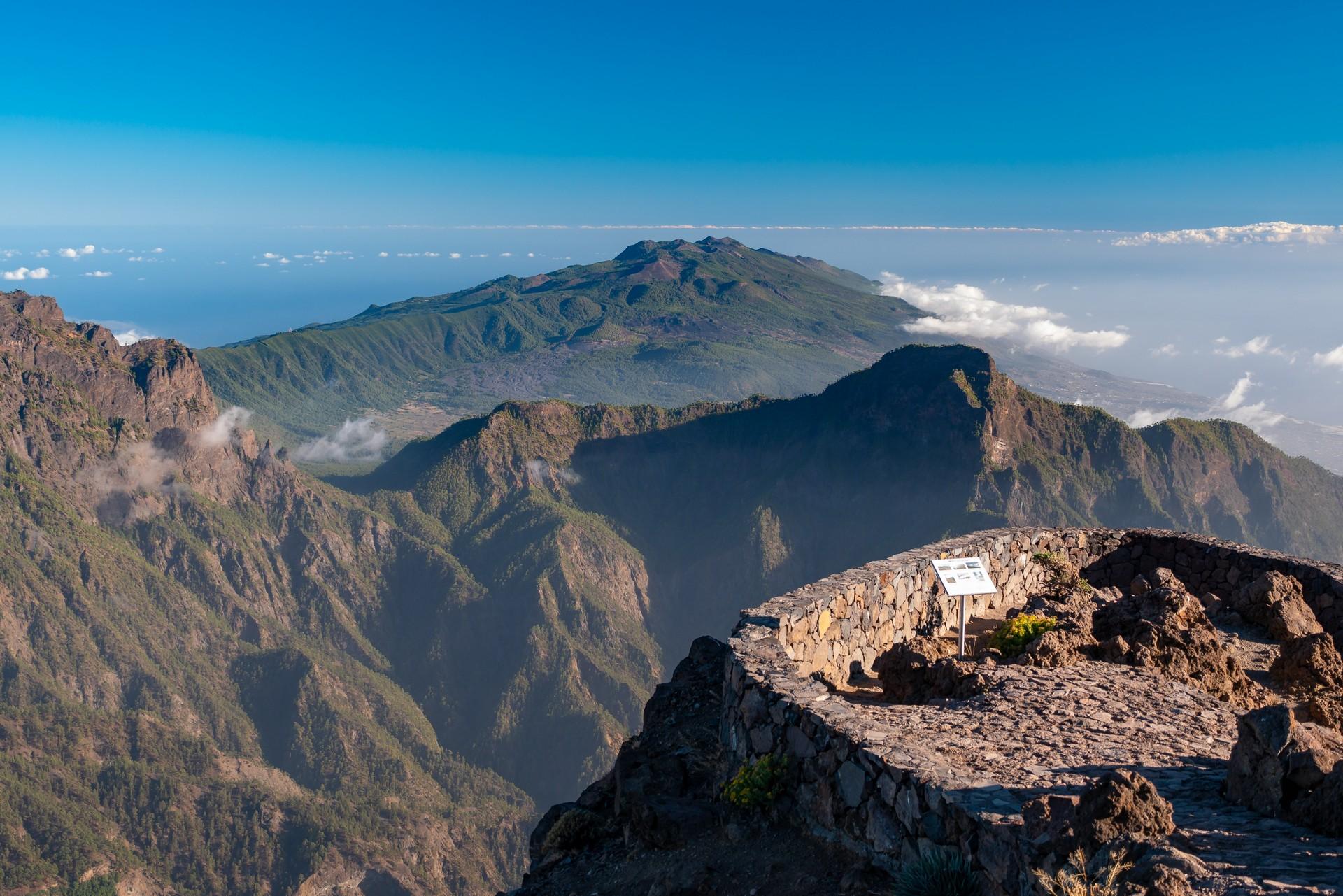La Palma – a visit to this one island can make many travellers' dreams come true. In a small area, there are sandy beaches and steep cliffs, banana plantations, palm groves, hills covered with fragrant laurel and chestnut trees, vast vineyards, deep canyons, waterfalls, many sharp and majestic mountain ridges and active volcanoes.
The weather is quite different in each part of the island. Thus, the Mediterranean pleasant climate can be replaced by tropical rain, African droughts or Nordic frosts on the ridges when moving around the island. La Isla Verde (the green island), as La Palma is called, corresponds exactly to reality.
Capital Santa Cruz de La Palma
Santa Cruz de La Palma, the island's capital, will be the first place you visit here. It is here that all ferries and planes heading to the island pass. Don't expect a big city, but a beautiful historic town of 16,000 inhabitants. From the early days of the city you can find the remains of fortifications against pirates, the castle of Santa Catalina and many houses with wooden balconies, richly decorated with flowers. The town's black sandy beach, which is located just outside the historic centre, can be used for jogging as well as swimming. The water is a bit chilly (it is the ocean after all), but it is calm and clean.
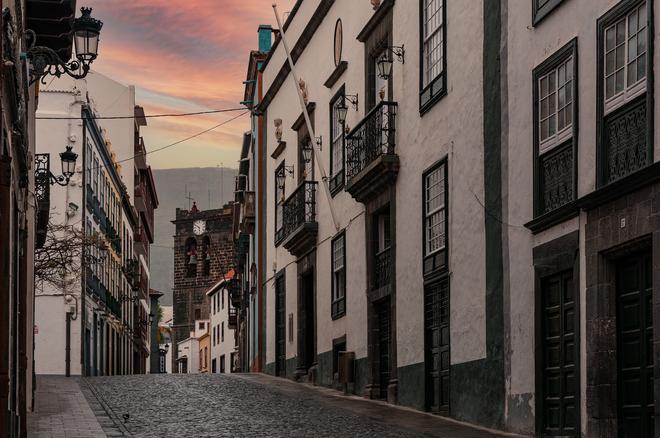
Fragrant Island
There's no doubt that travel includes local food and drink. In almost every city, you can find a variety of stylish restaurants serving local and international specialties. For traditional dishes, be sure to try the sweet chestnut soup, mutton, roast rabbit, delicious goat and sheep cheeses, seafood cooked in a variety of ways, the local pepper mojo rojo or coriander mojo verde – sauces served with bread before every meal. Wine lovers may find their favourite tipple here. A number of small wineries here produce wines in the traditional way, by pressing the juice from the grapes with bare feet. These wines have a unique and delicious taste thanks to the unique climate and volcanic bedrock.
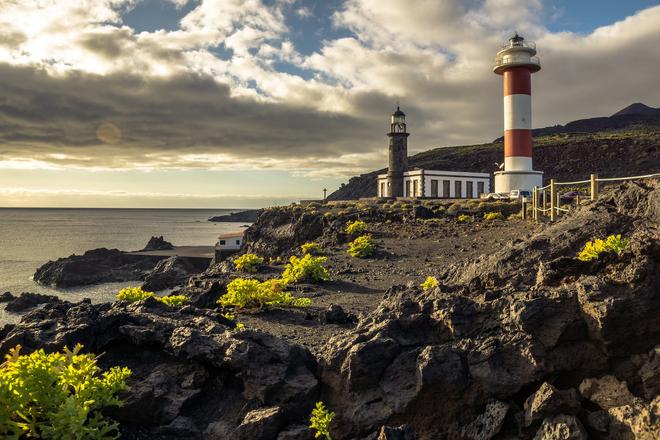
Bananas and local products on La Palma
La Palma is home to Canarian bananas. These are small, with lots of black spots, but incredibly sweet and tasty. There are also plantations of tobacco and sugar cane. One of the surviving distilleries here produces amber-brown rum from the cane, barrel-scented whiskey and many other delicate spirits. There are also a number of salt pans on the island, where salt is extracted from sea water by evaporation and then mixed with spices of all colours, smells and flavours. There is also sweet honey, which is produced by the numerous bee colonies from the varied flora. You can buy all these products in the traditional markets of the capital and the second largest town, Los Llanos de Aridane.
Green Island
The centre of the island of La Palma was once dominated by a giant volcano which, around half a million years ago, collapsed under its own weight to form a vast caldera called the Caldera de Taburiente. Its floor is now covered with lush green forests of Canary Island pine. This is an endemic species of pine that can cope not only with the capricious local weather but also with the numerous fires. After the branches have been burned, the tree is able to activate new buds on its trunk and completely regenerate the branches within a few months.
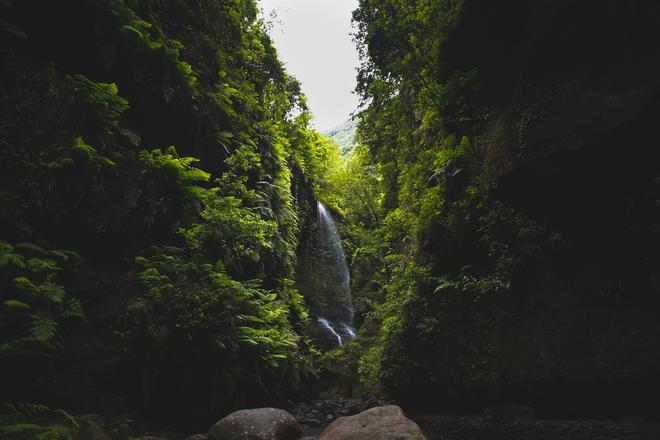
Caldera de Taburiente and hiking on La Palma
The caldera is surrounded by a steep wall of mountains. Most of the peaks, including the highest (Roque de los Muchachos, 2426 m above sea level), are remnants of the original volcano. Some are made up of younger volcanoes. Together, these are a varied mix of eye-pleasing geological units that make up a unique landscape. The entire caldera has been declared a national park and can be visited on foot along many hiking trails.If you go there, be prepared with good hiking equipment and, in the case of overnight stays, pre-registration at the National Park Information Centre.
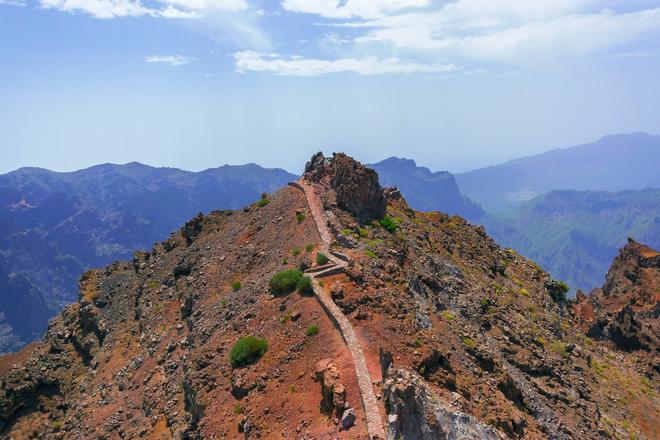
Another way to enjoy the highest peaks of the island is to visit them directly. You can choose a more difficult option in the form of a high-altitude hike along the GR 131 hiking trail, which starts at the sea at the southernmost tip of the island and climbs up to the highest ridges. The easier option is to drive up to the car park a few metres below the main peak. From here you can see most of the peaks and spots on La Palma, but also other islands, especially the dominant Tenerife, dominated by Pico del Teide at 3,715 metres. I recommend going down the ridge a bit and enjoying the views over the steep slopes into the depths of the giant caldera. You're guaranteed to adore the views as well as the clouds coming out of the valley.
